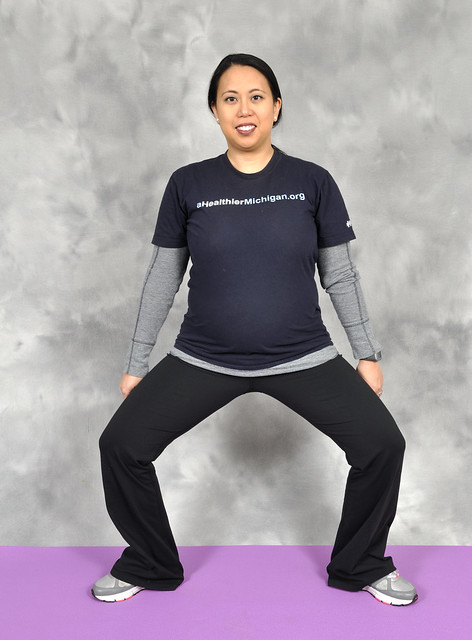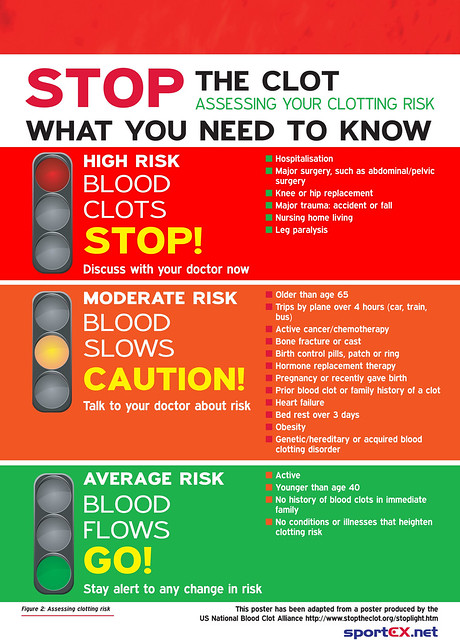Difference Between Leg Cramp and Blood Clot in Pregnancy
What is Leg Cramp and Blood Clot in Pregnancy?
Basically, a blood clot occurs in a deep leg vein in women during pregnancy, and is termed as deep vein thrombosis (DVT). It can include symptoms of swelling and leg cramps.
Leg Cramp
A leg cramp is defined as a sudden and involuntary pain in the leg muscles. It is mostly caused by an involuntary shortening (contracting) of the leg muscle. A leg cramp mostly occurs in the calf muscles and, rarely in the thighs and the feet. Leg cramps last from a few seconds up to few minutes.
It is also termed as Charley horse.
Blood Clot
A blood clot (also termed as thrombosis) is a clump or mass of blood that forms when blood coverts from a liquid to a solid. The blood clots more easily in pregnant women as it flows in the legs at a slow rate in late pregnancy. The reason is that the blood vessels around the pelvis become narrower and more compressed and the growing womb (uterus) exerts increased pressure on your pelvis.
Difference between Leg Cramp and Blood Clot
Description
Leg cramp
A leg cramp is a painful tightening or contraction of a muscle that occurs suddenly and lasts from a few seconds to even 10 minutes. This contraction mostly occurs in the leg. It is also termed as charley horse. Leg cramps that occur in the night are usually sudden spasms, or contraction of muscles in the calf.
Blood clot
Blood clots form when the blood thickens, resulting in a semisolid mass. These are usually caused due to high BP, low haemoglobin, ectopic pregnancy, vitamin deficiency and Deep vein thrombosis (DVT) in pregnant women. Once these clots form, they can travel to different parts of the body, causing harm.
Causes
Leg cramp
- Overuse of a muscle
- Tense or stiff muscles
- Depleted carbohydrate levels
- Poor blood circulation (due to the pressure of the baby on blood vessels)
- Depleted levels of Potassium and Sodium (Salt)
- Vitamin deficiencies
- Uterus pressing on certain nerves
- Reduced circulation in the legs from
- Rising progesterone levels during pregnancy, affecting the leg muscle tone
- Spinal compression
- Electrolyte imbalances
Below given medications can contribute to leg cramps, such as:
Diuretics, Naproxen (Aleve), Albuterol (an asthma medication) and statins
Blood clot
- High Blood pressure
- High Cholesterol
- Ectopic pregnancy
- Low haemoglobin
- Smoking
- Any surgery
- Sedentary lifestyle
- Cervix disorders
- Vitamin surplus in the body
- Polyps in the uterus and uterine fibroids
- Deep vein thrombosis (DVT)
Symptoms
Leg cramp
- Hard lump of muscle tissue beneath your skin
- Pulling and Tugging in the early weeks after conception
- Muscle spasms in their legs
Blood clot
- Usually develops in the leg, thigh, or pelvis
- Skin is usually warm in the affected area
- Skin at the back of the leg becomes red, typically below the knee
- Chest pain
- Headache
- Shortness of breath
- Mild to severe swelling
- Acute pain in the leg when moving around or while standing
- Sweating
- Nausea, light-headedness
- Intense abdominal pain, vomiting and diarrhoea
Diagnosis
Leg cramp
- Blood tests
- Physical examination
Blood clot
- Ultrasound
- Blood test
- Venography
- CT or MRI scans
- Angiogram
Risk factors
Leg cramp
- Certain medications
- Less exercise
- Dehydration
- Lower blood levels of calcium, potassium, magnesium, and Vitamin B1, B5, or B6
- Thyroid
- Liver disorders
Blood clot
- Obesity
- Family history of blood clots
- Lying down or sitting for a long duration of time (Immobility)
- Damaged arteries or veins (result of injury, trauma, bone fractures)
- Stasis (pregnancy and post-partum, heart or respiratory failure, increased age)
- Central venous catheterization
- Hypercoagulation—elevated rate of clotting that could be an acquired condition or an inherited defect
Prevention and Treatment
Leg cramp
- Stretch your calf muscles
- Take Magnesium supplements
- Comfortable supportive footwear
- Stay hydrated by drinking plenty of fluids
- Take adequate calcium
- Be active do regular exercising
- If cramps occur at night, go for a warm water bath before bed to comfort and relax leg muscles
- Put a hot water bottle or warm towel on the affected area
- Massage
Blood clot
- Anticoagulants and antiplatelet agents
- Thrombolytics
- Catheter-directed thrombolysis
- Surgical Thrombectomy
Lifestyle changes
- Quit smoking
- Change your diet
Supplements
- Garlic
- Turmeric
- Vitamin E
Essential Oils
Helichrysum Oil – Applying Helichrysum Oil topically breaks up coagulated blood beneath the surface of the skin. It also helps in increasing smooth muscle function, improves the condition of blood vessels by lowering inflammation, and lowers high blood pressure.
Summary
The points of difference between Leg cramp and Blood clot have been summarized as below:
- Difference Between Global Warming and Greenhouse Effect - May 18, 2024
- Difference Between Vaccination and Immunization - March 3, 2024
- Difference Between Selective Mutism and Autism - February 25, 2024
Search DifferenceBetween.net :
Leave a Response
References :
[0]Eagle, H. (1935). STUDIES ON BLOOD COAGULATION: IV. THE NATURE OF THE CLOTTING DEFICIENCY IN HEMOPHILIA. The Journal of general physiology, 18(6), 813-819.
[1]Sohrabvand, F., Shariat, M., Haghollahi, F., Khezerdoust, S., Foroushani, A. R., Nazemi, L., & Chammari, M. (2006). Prevalence of leg cramps during pregnancy and effects of supplemental therapy. Journal of Reproduction & Infertility, 7(1).
[2]Young, G. (2015). Leg cramps. BMJ clinical evidence, 2015.
[3]Image credit: https://www.flickr.com/photos/sportex/6634104487
[4]Image credit: https://www.flickr.com/photos/healthiermi/6993357418



